Here Are The Major Types Of Clouds
TYPES OF CLOUDS – Clouds are formed by vapors rising to the air as water on the surfaces evaporate, these vapors build up and make different formations.
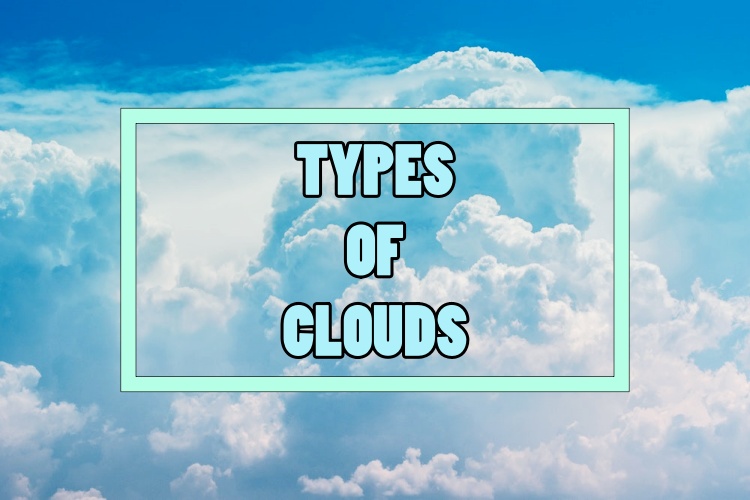
Lightweight water droplets and ice crystals compose the clouds that form in the skies. They can appear white when huge amounts of water droplets reflect sunlight, dark-colored or gray clouds appear when the clouds scatter the sunlight in all directions rather than being reflected.
Check out this viral photo of the Mayon volcano in the Philippines with an unusual cloud covering its tip.
In rare cases, clouds can appear like something else. With a phenomena called ‘pareidolia’, sometimes we can see clouds resembling other figures like animals or people.
In given conditions, clouds can form in different and unusual ways making it look otherworldly.
But the most common ones, here are the major types of clouds:
CIRRUS CLOUDS
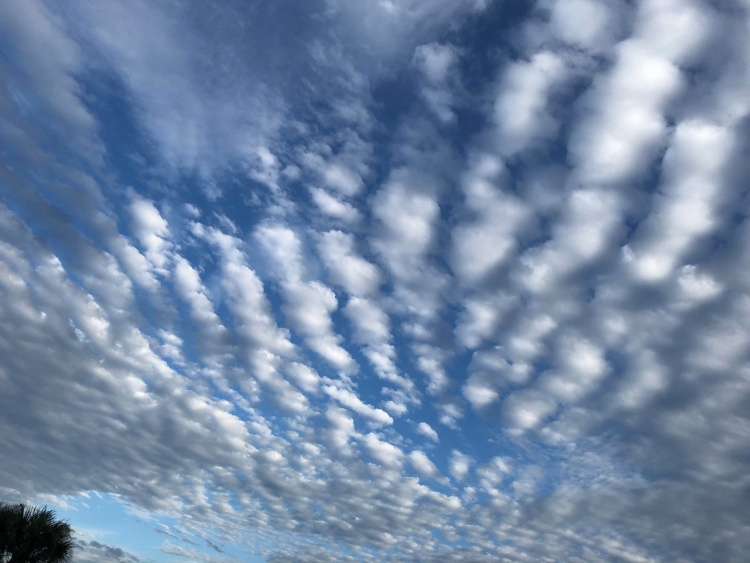
Cirrus clouds are thin wispy clouds that are often seen high up the skies. Their appearance often look like cotton balls that are torn apart. They’re usually made up of ice crystals instead of water droplets which is why they appear thinner.
CUMULUS CLOUDS
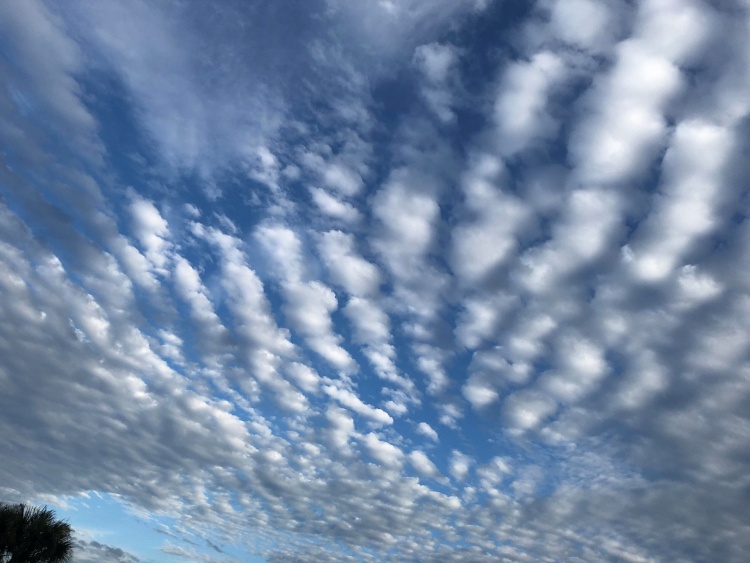
These clouds look puffy. Usually scattered all throughout the sky. Cumulus in Latin, means ‘pile’. Cumulus clouds is made up of water vapors, typically formed as warm air rises. It can be white or gray.
STRATUS CLOUDS
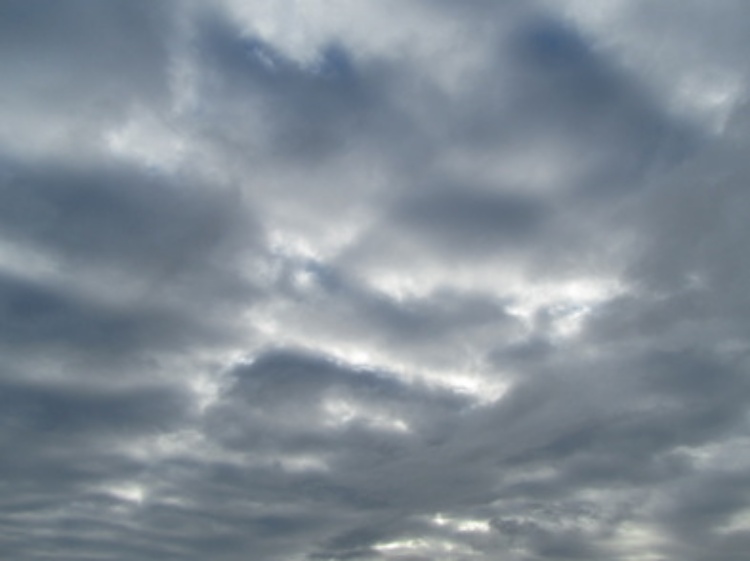
These types of formation look like a thick blanket of cotton covering up the sky. These clouds also form a fog whenever they’re near the ground. These are formed when the weather prior to its formation was cold and warm moist air starts blowing.
NIMBUS CLOUDS
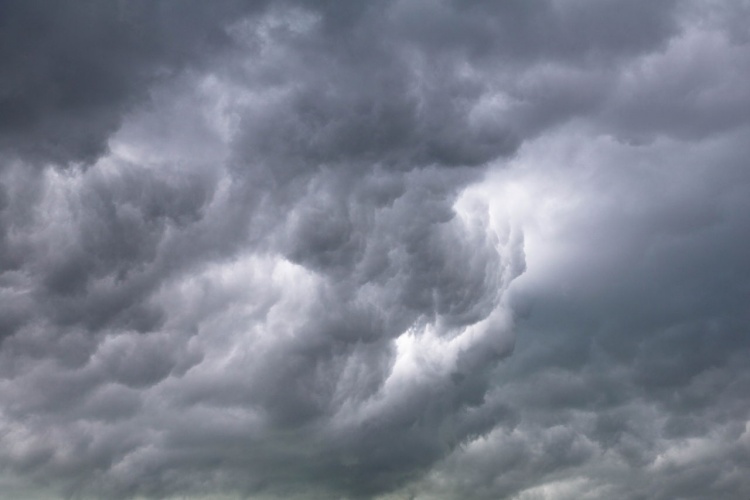
Nimbus clouds mean rain or snow already has been dripping or falling from it. These clouds are excellent indicators of rainy weather as they would appear dark during a thunderstorm and commonly appears with thunder and lightning. These can also be a combination of two clouds – for instance, a cumulonimbus (a puffy cloud with rain dripping from it) or a stratonumbus (a blanket-like cloud with rain already dripping from it.
These are based on an article from Sciencing.
Did you find this article helpful? Let us know!
